Photo Essay: Searching for clams at Auke Rec

I joined ACRC researcher John Harley at Auke Rec to prepare for an upcoming shellfish biomass survey along with ACRC intern Mia, ACRC volunteer Andrea, and John’s dog, Buck. The main objective of the day was to determine the upper clam boundary of the intertidal zone - in other words, the highest tide level where we could find clams. This boundary is used to inform the bi-annual biomass surveys for one of John’s research projects on paralytic shellfish poisoning (PSP).
We dug small pits at the water’s edge as the tide receded which were a quarter meter deep. Once the tide receded one foot, revealing more beach, we dug another set of pits, and repeated the process each tidal foot until we struck (or rather delicately extracted) clams.
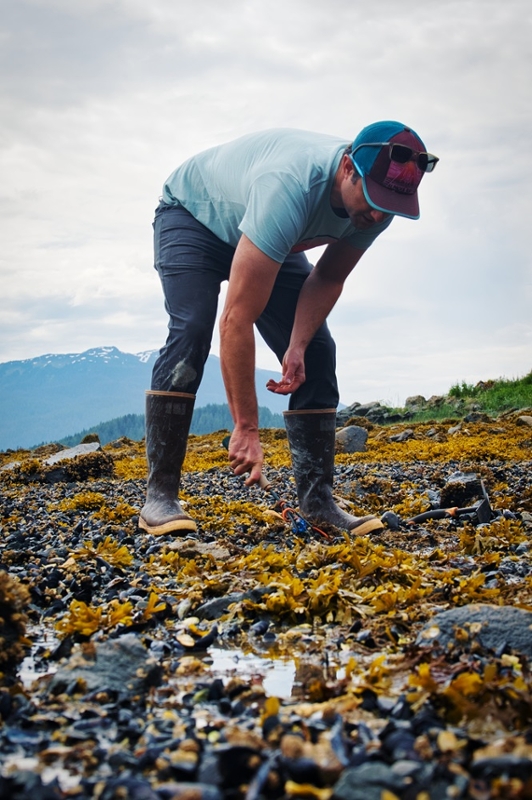
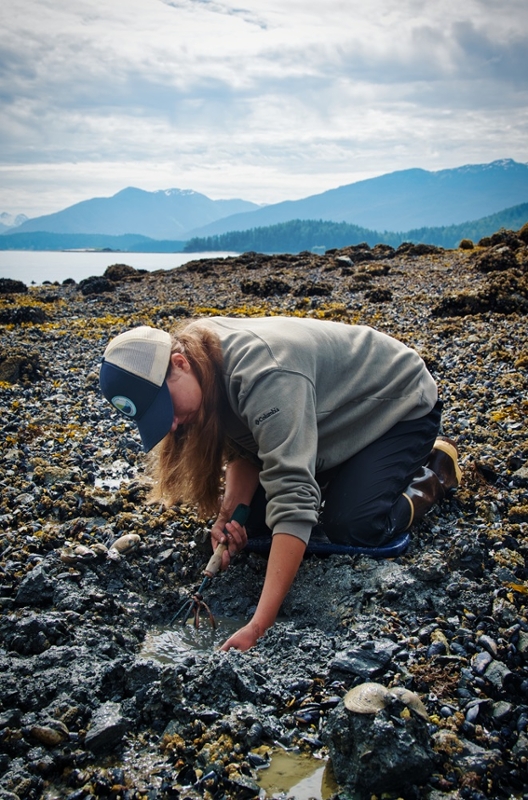 John and Mia digging subsequent pits in search of clams. A hand rake worked best for the rocky, mussel-covered shores.
John and Mia digging subsequent pits in search of clams. A hand rake worked best for the rocky, mussel-covered shores.
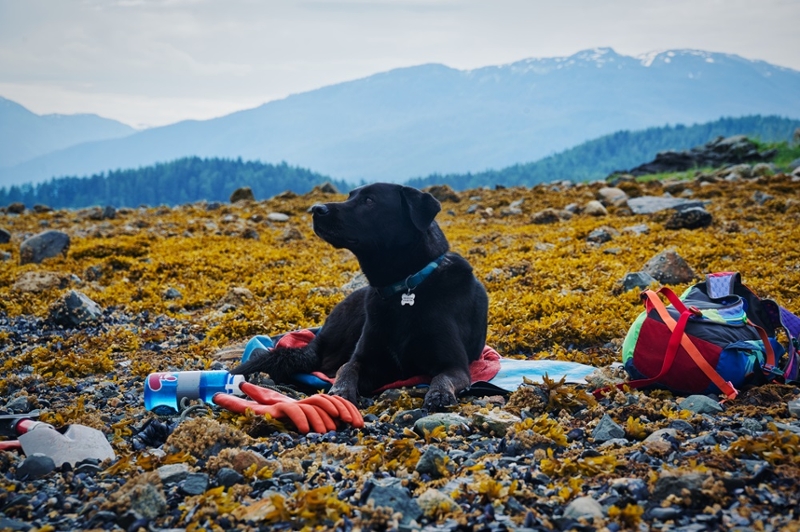
Buck supervising the digging.
We found butter clams several tidal feet and clam pits later, marking the upper clam boundary. This discovery informs John which tide level to begin digging at for the next biomass survey. We also found several bent-nose macoma clams and many littleneck and cockle clam shells. To wrap up the day, all clams are reburied in the beach where they were found, siphon side up.
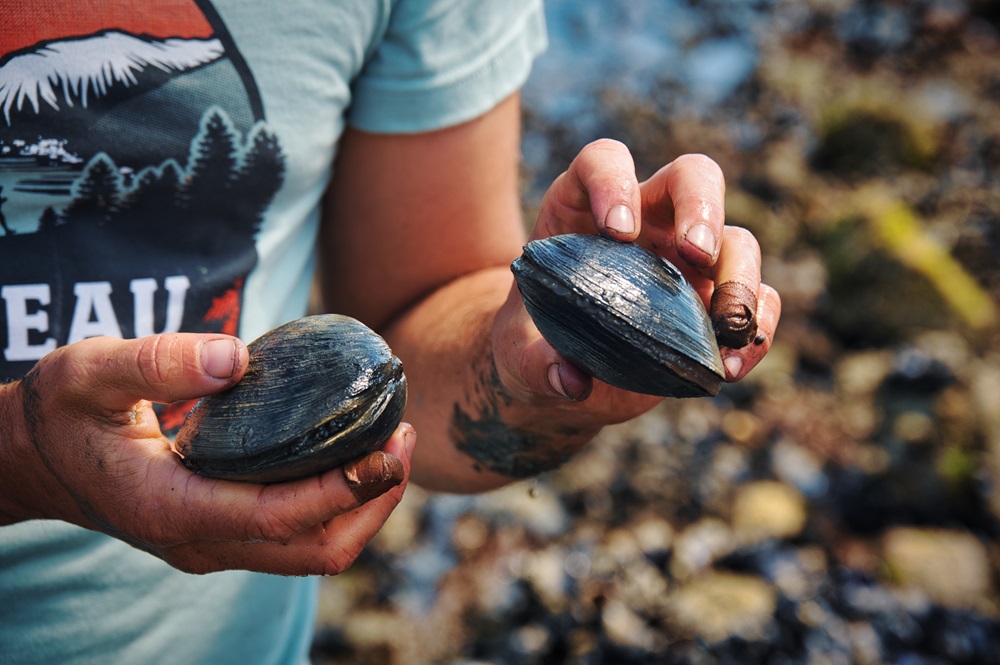
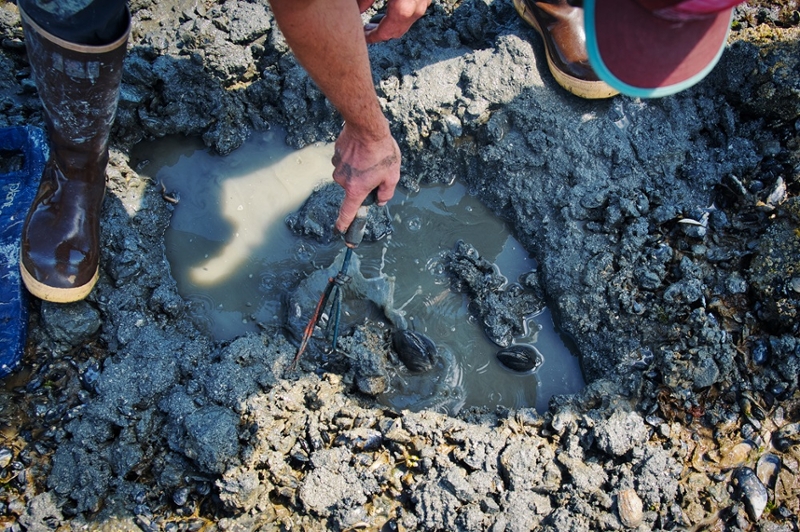
The butter clams found at the upper clam boundary (top) and John filling the pit back in around them (bottom).